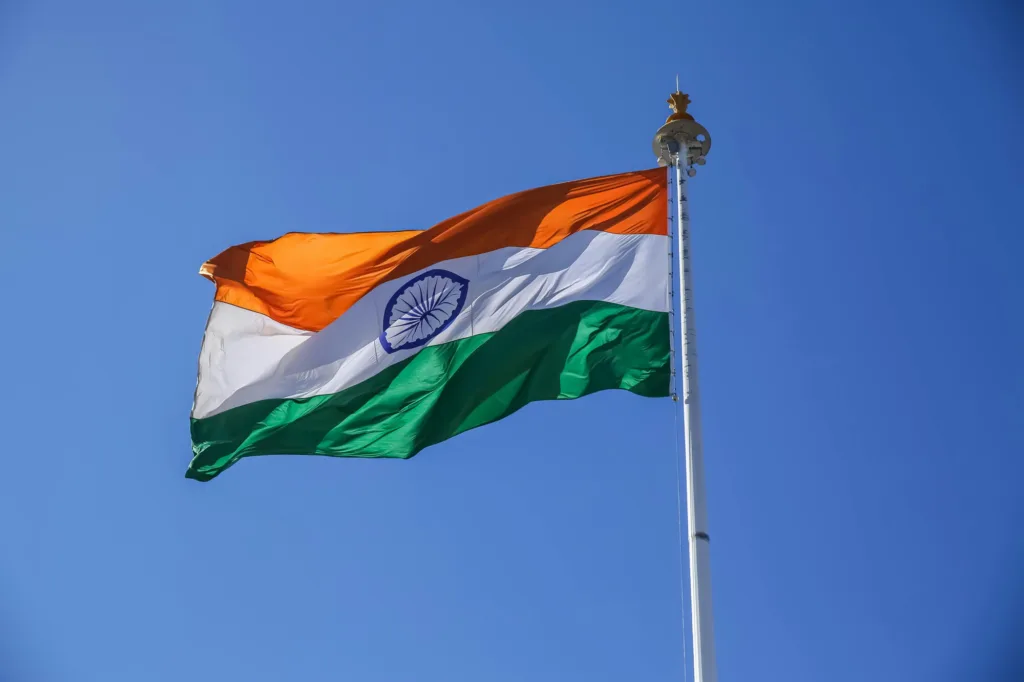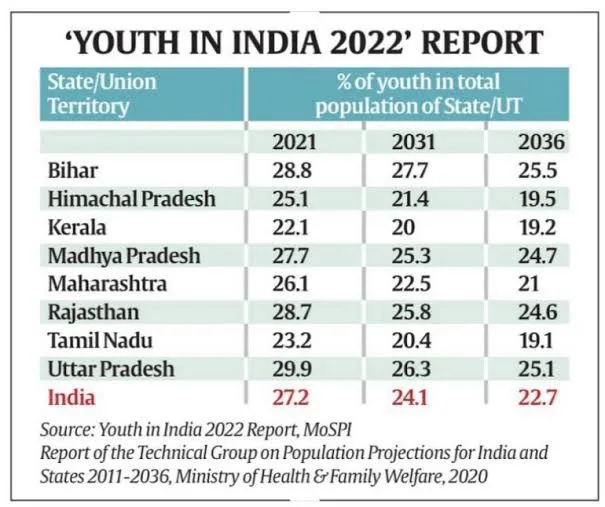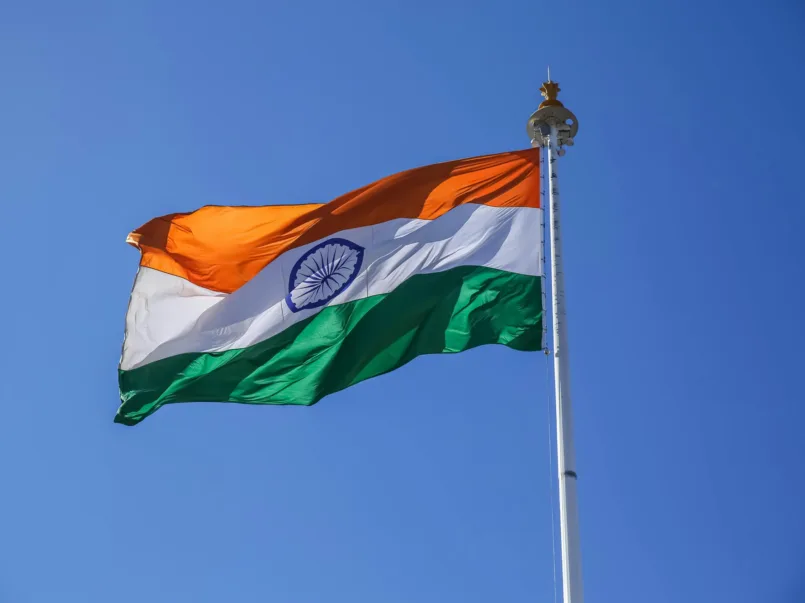
The Lok Sabha election results of 2024 mark a significant milestone in India’s democratic journey. With a record voter turnout and unexpected shifts in voter preferences, this election has provided a clear snapshot of how the psychology of Indian voters has evolved over the past decade. Here, we delve into the most trending topics of this election, the factors driving the change in voter behavior, and the role of social media and political campaigns in shaping electoral outcomes.
The Rise of Youth Participation

One of the most trending topics in the Lok Sabha 2024 results is the unprecedented participation of the youth. This demographic, which makes up a significant portion of the Indian electorate, has shown a keen interest in shaping the future of the nation. The youth voter turnout has seen a remarkable increase, driven by issues like employment, education, climate change, and digital infrastructure. This surge in youth participation has significantly influenced the overall election results.
The Evolving Voter Psychology: A Decade of Change
1. Increased Awareness and Education
Over the past ten years, there has been a substantial increase in the literacy rate and educational opportunities across India. This rise in education has empowered voters to make more informed decisions, critically evaluate political promises, and understand the implications of their votes. Educated voters are less likely to be swayed by populist rhetoric and more inclined to consider long-term policy impacts.
2. Impact of Social Media
The advent of social media has revolutionized the way information is disseminated and consumed. Platforms like Facebook, Twitter, and Instagram have become crucial in political campaigning and voter engagement. Social media has facilitated direct communication between candidates and voters, allowing for real-time updates and personalized messaging. Moreover, it has provided a platform for grassroots movements and independent voices, giving voters access to a diverse range of opinions and information.
3. Economic Considerations
Economic factors continue to play a significant role in shaping voter behavior. Over the past decade, issues such as job creation, inflation, and economic growth have remained at the forefront of voters’ minds. The economic policies of the incumbent government and the promises of opposition parties are scrutinized closely, influencing voting decisions. Voters are increasingly looking for tangible economic benefits and are more critical of economic performance than ever before.
4. Cultural and Social Identity
Cultural and social identity has always been a critical factor in Indian elections. However, in recent years, there has been a noticeable shift towards more inclusive and progressive values. Issues like gender equality, LGBTQ+ rights, and caste-based discrimination are being addressed more openly. This change reflects a broader societal transformation, with voters seeking leaders who represent these evolving values.
The Role of Caste and Freebies
Despite the many changes, traditional factors like caste and the promise of freebies still play an essential role in the 2024 elections. Political parties continue to leverage caste dynamics to garner support. Caste-based mobilization remains a powerful tool, particularly in rural areas where social structures are deeply entrenched.
Similarly, the promise of freebies, such as direct cash transfers, subsidized goods, and free public services, remains a popular strategy to attract votes. While critics argue that such measures are short-term solutions that don’t address systemic issues, they are undeniably effective in gaining voter support, particularly among economically disadvantaged groups.
Economic Evolution: Average Earnings and Job Creation
Average Earnings Over a Decade
Over the past decade, India has seen a steady increase in average earnings, driven by economic growth and development initiatives. According to data from the National Statistical Office (NSO), the average per capita income in India has increased from around ₹87,623 in 2014 to approximately ₹135,000 in 2023. This rise reflects improvements in various sectors, including services, manufacturing, and agriculture.
Job Creation and Unemployment
Despite the economic growth and increase in average earnings, job creation has not kept pace with the rising population. The government’s efforts to create jobs through various schemes and initiatives have made some progress, but the demand for employment continues to outstrip supply. According to recent reports, India needs to create around 10 million jobs annually to keep up with the growing workforce, but current job creation rates fall short of this target.
The mismatch between job creation and the increasing population has led to high unemployment rates, particularly among the youth. This has been a critical issue in the 2024 elections, with voters demanding more effective solutions to address unemployment and underemployment.
Sudden Changes in Decision-Making
Social Media Usage in India (2024)
Overall Usage
- Total Internet Users: 846 million
- Total Social Media Users: 624 million
- Average Daily Time Spent Online: 6 hours 23 minutes
- Average Daily Time Spent on Social Media: 2 hours 50 minutes oai_citation:1,India Social Media Statistics 2024 | Most Used Popular Top Platforms – The Global Statistics oai_citation:2,Digital 2023: India — DataReportal – Global Digital Insights
Platform-Specific Data
- Active Users: 516.92 million
- Daily Active Users: High engagement among young people, especially teenagers.
- Usage Pattern: Predominantly used for visual content sharing, stories, and reels oai_citation:3,India Social Media Statistics 2024 | Most Used Popular Top Platforms – The Global Statistics oai_citation:4,Digital 2023: India — DataReportal – Global Digital Insights.
- Active Users: 492.70 million
- Daily Active Users: Significant daily activity, with diverse age groups including a large segment of middle-aged users.
- Usage Pattern: Utilized for connecting with friends, family, and communities; significant for political and commercial engagement oai_citation:5,India Social Media Statistics 2024 | Most Used Popular Top Platforms – The Global Statistics oai_citation:6,Digital 2023: India — DataReportal – Global Digital Insights.
- YouTube
- Active Users: 467 million
- Daily Active Users: Very high daily engagement, with extensive watch times.
- Usage Pattern: Video consumption, education, entertainment, and DIY tutorials dominate the platform oai_citation:7,Digital 2023: India — DataReportal – Global Digital Insights.
- Active Users: 531.46 million
- Daily Active Users: Extremely high daily interaction for messaging and voice/video calls.
- Usage Pattern: Primarily for personal communication, group chats, and small business customer service oai_citation:8,India Social Media Statistics 2024 | Most Used Popular Top Platforms – The Global Statistics.
- Telegram
- Active Users: 384.06 million
- Daily Active Users: Notable daily usage, especially among younger demographics and tech-savvy users.
- Usage Pattern: Secure messaging, large group communications, and information channels oai_citation:9,India Social Media Statistics 2024 | Most Used Popular Top Platforms – The Global Statistics.
- Active Users: 99 million
- Daily Active Users: Regular professional engagement and job searching.
- Usage Pattern: Networking, job opportunities, and professional content sharing oai_citation:10,Digital 2023: India — DataReportal – Global Digital Insights.
Device Usage
- Mobile Phones: 75.50% of social media access
- Laptops/Desktops: 24.05%
- Tablets: 0.45% oai_citation:11,India Social Media Statistics 2024 | Most Used Popular Top Platforms – The Global Statistics
Age Group Analysis
- 13-24 Years: Highest engagement on Instagram and Snapchat.
- 25-34 Years: Predominantly active on Facebook and LinkedIn.
- 35-54 Years: Active on Facebook, WhatsApp, and increasingly on YouTube.
- 55+ Years: Facebook and WhatsApp are the primary platforms for this demographic oai_citation:12,India Social Media Statistics 2024 | Most Used Popular Top Platforms – The Global Statistics oai_citation:13,Digital 2023: India — DataReportal – Global Digital Insights.
Usage Patterns
- Content Consumption: YouTube and Instagram lead in video and visual content.
- Messaging: WhatsApp and Telegram dominate for text and voice communication.
- Professional Networking: LinkedIn remains the top platform.
- Entertainment: Instagram Reels, YouTube, and TikTok (though currently banned) are major platforms for entertainment content oai_citation:14,India Social Media Statistics 2024 | Most Used Popular Top Platforms – The Global Statistics oai_citation:15,Digital 2023: India — DataReportal – Global Digital Insights.
This data highlights the significant role of social media in the daily lives of Indian users across different age groups, influencing everything from personal communication to professional networking and entertainment consumption.
Elections: The Political World Cup
The analogy of elections as a World Cup match, where every five years citizens rally behind their favorite “teams” and passionately track the score, aptly describes the dynamic nature of Indian democracy. As you observed in conversations with local people, the electoral process often becomes a score-keeping exercise. Voters may lack a detailed understanding of the candidates’ plans but are heavily influenced by prevailing sentiments, caste affiliations, and the performance of the incumbent MP.
This phenomenon highlights a crucial aspect of voter psychology: the collective mood and perceptions of candidates can often outweigh detailed policy considerations. Voters frequently change their support based on the prevailing narratives and the momentum created by political campaigns and social discourse.
Conclusion
The Lok Sabha election results of 2024 highlight a significant shift in the psychology of Indian voters. Increased education, the impact of social media, economic considerations, and evolving cultural values have all contributed to this change. Traditional factors like caste dynamics and the promise of freebies still play a crucial role, underscoring the complexity of voter behavior. Political campaigns have adapted to these new dynamics, using data-driven strategies to influence voter behavior. As India moves forward, understanding these trends will be essential for political parties and policymakers to engage effectively with the electorate and address the needs and aspirations of a rapidly changing society.

